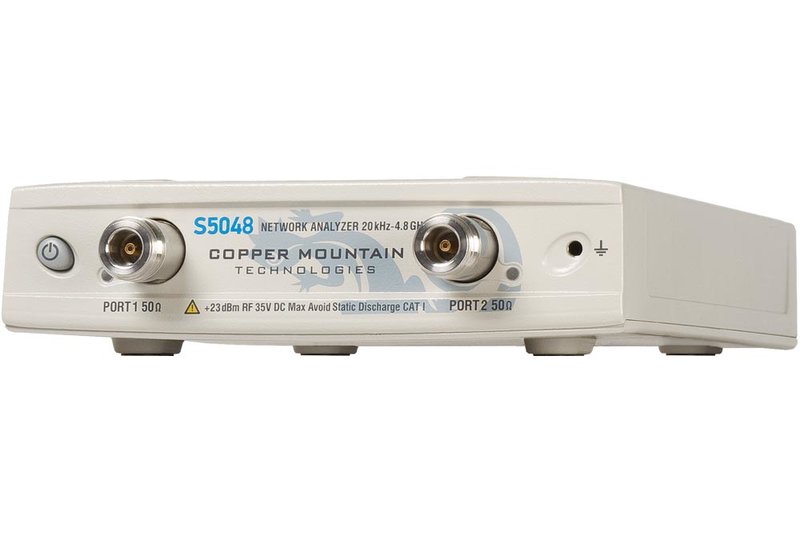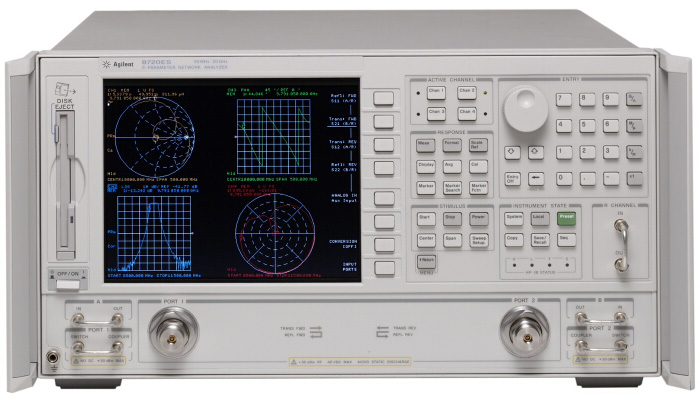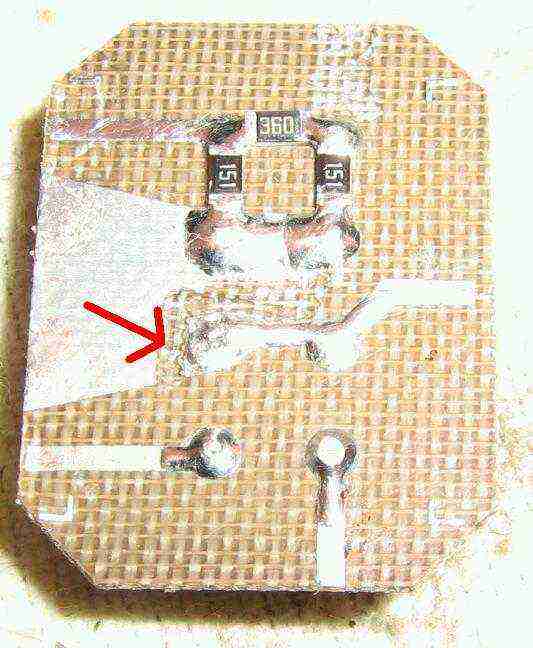


They often have an external directional antenna that lets them discover and analyze remote networks. Hardware WiFi signal analyzers: Aimed at professional network administrators and security experts, hardware WiFi signal analyzers are physical devices used for troubleshooting and performance testing.The good news is that WiFi analyzers have become readily available at a variety of price points, and they can be roughly divided into two categories: Without knowing how to use a WiFi analyzer, it’s very difficult for home users, small businesses, and schools to provide reliable coverage and the best data transfer speeds possible. These days, WiFi networks are everywhere, and our expectations of them have never been greater. In the past, WiFi analyzers were used predominantly by large organizations and enterprises that needed to cover a large area with a strong WiFi signal. The purpose of a WiFi analyzer is to gather as much information as possible about available wireless networks to help professionals and home users alike troubleshoot WiFi-related problems, ensure optimal router placement, and more. WiFi analysis isn’t hard to do, provided you use a good WiFi analyzer app, and its benefits are plentiful.

WiFi analysis performed using a wireless network analyzer can reveal which WiFi channels are used the least and provide plenty other information necessary for comprehensive WiFi optimization. In theory, 11 channels should be more than enough even for densely populated urban areas, but, in reality, people seldom change the default configuration of their wireless router, which results in a situation where too many wireless routers transmit data on the same channel. In North America, the 2.4 GHz radio band is divided into exactly 11 channels, with channels 1, 6, and 11 being the only channels that don’t overlap with other channels. This radio band is divided into multiple channels, which are like the lines on the highway. Most wireless routers use the 2.4 GHz radio band to transmit data. But with at least one wireless router in nearly every home, the WiFi radio spectrum can get cluttered pretty easily. Any modern home isn’t modern without a wireless router.


 0 kommentar(er)
0 kommentar(er)
